What is GINA?
Title II of the Genetic Information Nondiscrimination Act (GINA), which took effect November 21, 2009, prohibits the use of genetic information in making employment decisions, restricts employers from requesting, requiring or purchasing genetic information, and strictly limits the disclosure of genetic information. Title II applies to private and state and local government employers with 15 or more employees, employment agencies, labor unions, and joint labor-management training programs.
What is “genetic information”?
“Genetic information” includes information about the genetic tests of an individual or a family member, family medical history, requests and receipt of genetic services by an individual or family member, and the genetic information of an embryo or fetus of an individual or family member. Genetic information does not include information about the sex or age of an individual or family member, or information that an individual currently has a disease or disorder. Genetic information also does not include tests for alcohol or drug use.
Discrimination, Harassment & Retaliation
The law forbids the use of or discrimination on the basis of genetic information in making any employment decision, including hiring, firing, pay, job assignments, promotions, layoffs, training, fringe benefits, or any other term or condition of employment. It is also illegal to harass a person based on genetic information. Harassment can include making offensive or derogatory remarks severe or pervasive enough to create a hostile or offensive work environment, or when it results in an adverse employment decision such as the victim being demoted or fired. The harasser can be a co-worker, workplace supervisor, or someone who is not an employee, such as a client or customer. Under GINA, it is illegal to fire, demote, harass, or otherwise “retaliate” against an applicant or employee for filing a charge of discrimination, participating in a discrimination proceeding, or otherwise opposing discrimination.
Exceptions to the Rules Against Acquiring Genetic Information
There are 6 narrow exceptions to the prohibitions against requesting and using genetic information. In general, these are:
- Inadvertent discovery, such as information obtained by overhearing a conversation (the “water-cooler” exception).
- Voluntary disclosure, such as information obtained as part of an authorized, voluntary wellness program.
- Family medical history acquired as part of certification for FMLA or similar state leave.
- Publicly available documents, except accessing sources (such as via the internet) from which the employer is likely to acquire genetic information.
- Genetic information acquired through certain required workplace monitoring programs.
- Information obtained by employers who engage in DNA testing for certain law enforcement purposes.
In general, it is also unlawful for a covered entity to disclose genetic information about applicants, employees or members. Covered entities must keep genetic information confidential and in a separate medical file. Employers also need to ensure that their policies include references to nondiscrimination on the basis of genetic information, and prohibit acquisition of genetic material on company systems, include the EEOC’s suggested “safe harbor” language on requests for medical information, and ensure that GINA is included on workplace postings.

